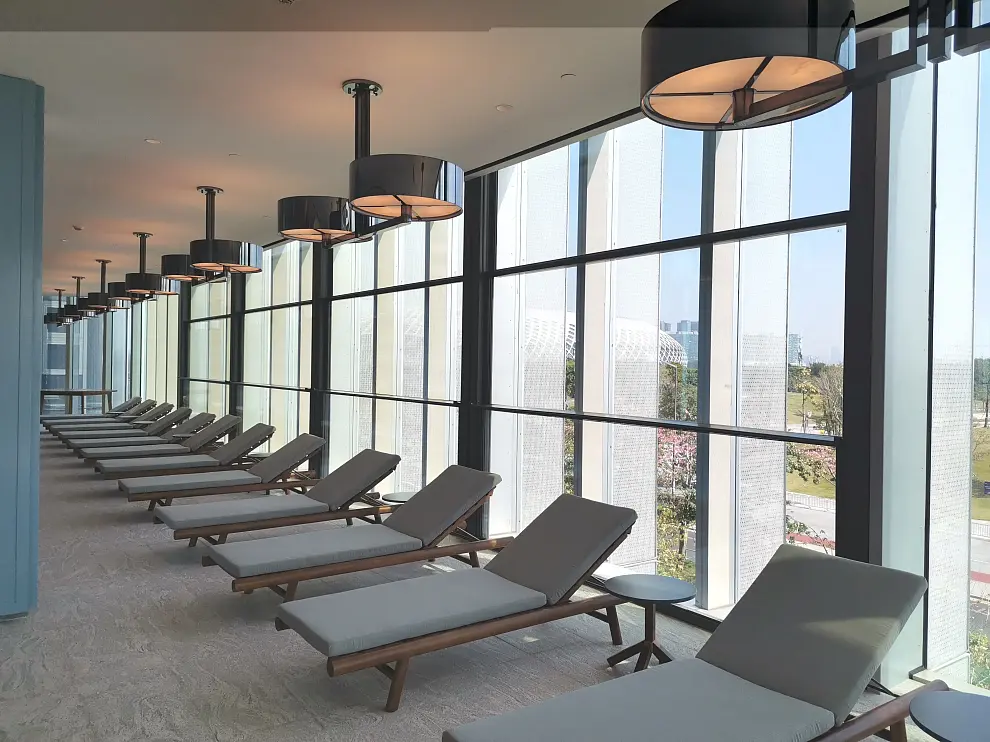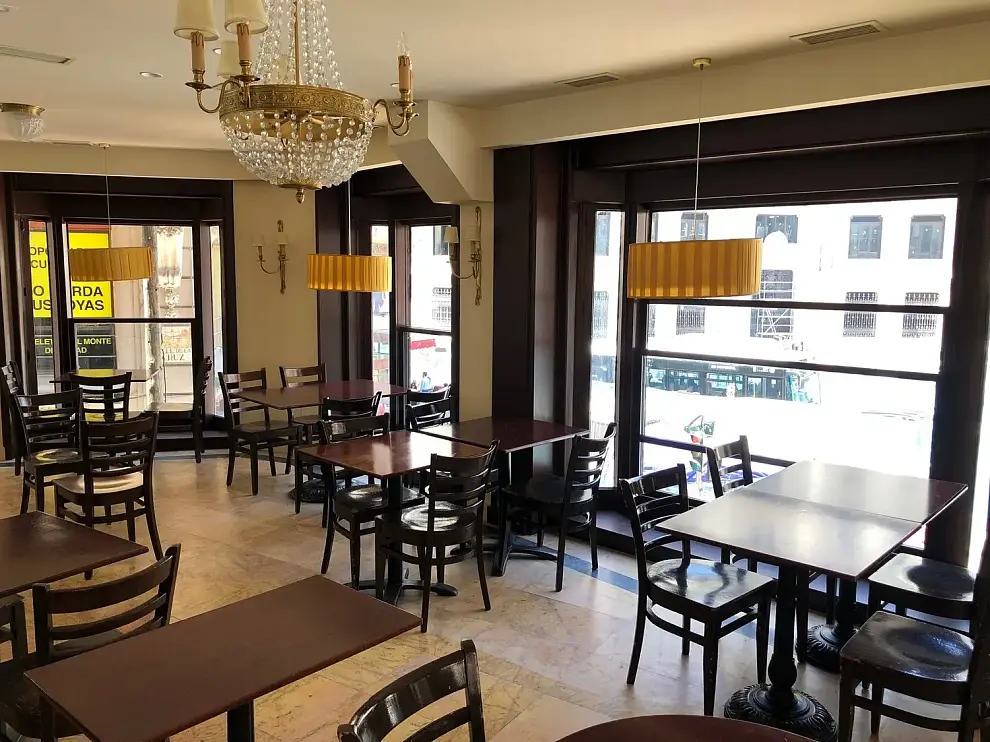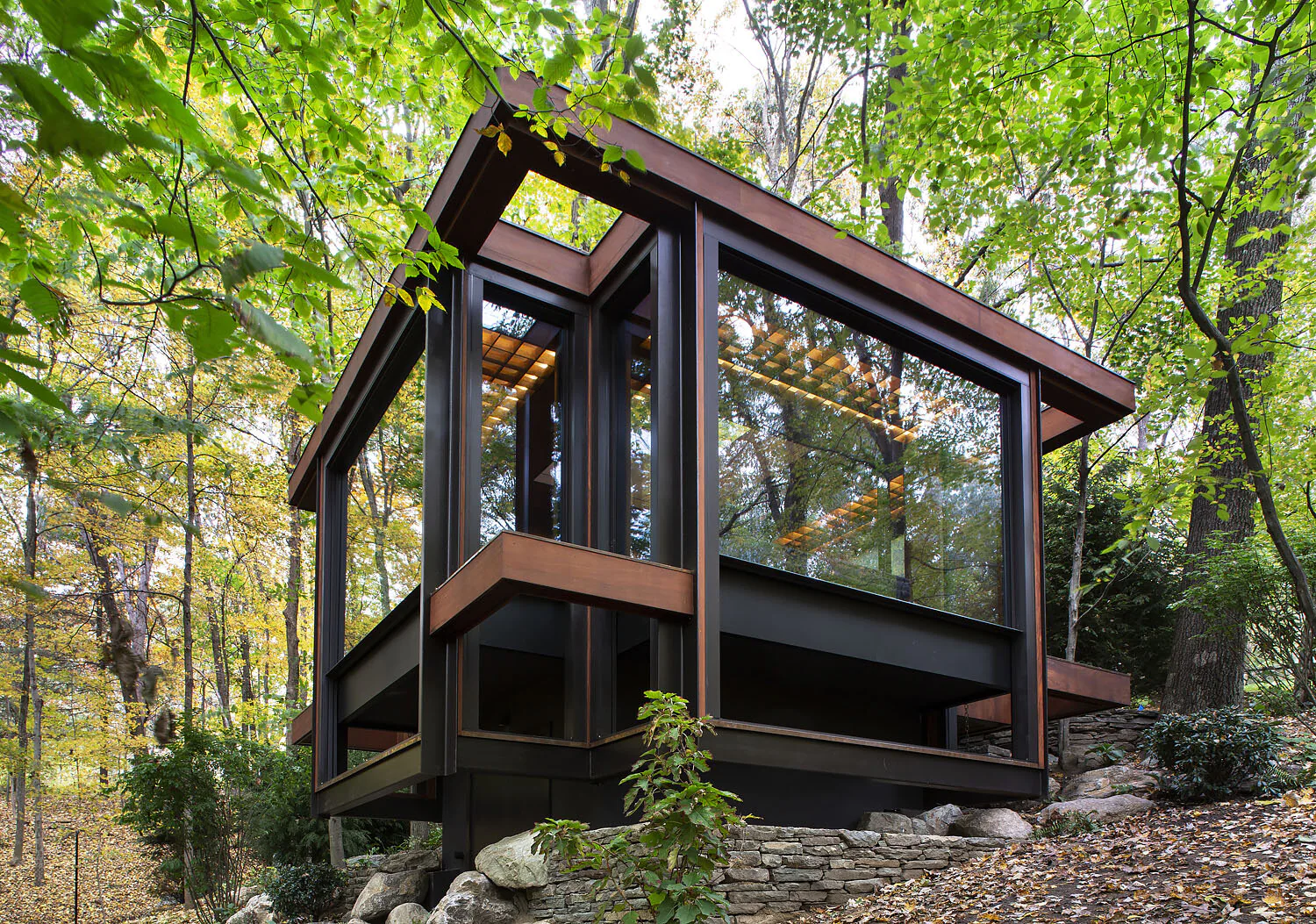Modern Architectural Materials
What are the modern architectural materials?
Technology has evolved a lot in the last couple of decades. Almost every sector has benefited from this technological improvement from medical to textile, computer to automotive. The architecture and construction sector also benefit from technology. New materials, new construction techniques, better climate control, more durable products, creative solutions, higher sustainability standards, stronger structures and better earthquake Technologies, adaptable spaces, more options and more customization possibilities… These are some of the benefits that we can come up with that architecture derive from technology. So, what are the modern architectural materials?

Starting from the industrial revolution the classical sense of the term “material” changed abruptly. Humankind used to confine itself to whatever mother nature can give to it. Wood from trees, iron and that sort of material from mines and minerals, gold, silver, fabric threads from bugs and clay or glass from sand and earth. Chemistry and mass production changed the game. Modern architecture started manufacturing superior, alternative and more efficient materials over two hundred years now. Just like smartphones, architectural material companies release newer, better product series each year. In this sense, it is hard to point at a specific material and call it “modern” as today even coffee grains or glass bottles can be used as an architectural material. So what makes a material a modern architectural material is its specifications we can say. Is it good at climate control, is it nicely designed, how long of a lifetime it proposes, is it strong, how much pressure can it take? These are very important questions that we can use to determine the quality and modernity of good architectural material.
How have modern architectural materials evolved?
Let’s handle this issue with an example and a simple one; a window… For instance, a window frame is an element in architecture since the beginning. People built walls for protection, environmental stability and privacy but also realized the urge to access the other side of that wall. Therefore, they came up with the idea of an opening. At first, it was just an opening on a wall. No glass, no frame, no shutter, nothing. No control over the wind, or the sunlight, or the noise. By the time glass was started to be used and steel was introduced. British architecture was producing glass palaces as symbols of luxury and power and superiority and high-rise commercial towers were racing in terms of height in the business districts of the rising city Chicago, the USA. It was new, it was exciting for modern people and for modern architecture.
Until it became mundane and mainstream. Today, glass is nothing. It’s just material. And the height does not move us anymore. On the contrary, as Jane Jakobs pointed out it is out of proportion in terms of human-scale and urban people feel trapped and squished on the pavement because of these high-rise buildings. So, for some of us, a high-rise glass building may not be defining modern architecture as glass does not appear to be a modern architectural material anymore.

What started as an opening on a wall, evolved into a glass 50-storey tower as you can see. Is it the modern evolution? Maybe not. Especially starting from the 20th century, modernity started to be defined differently. It was not about the height or the raw material anymore. It was about form, it was about the approach. Moreover, it was vicious and brutal. What was produced became old news so quickly. We all know modernism had some ideas in this sense and we all also know how it turned out. An international movement such as modernism was metaphorically demolished to ground with the Pruitt-Igoe residential complex demolition. Less seemed not be more anymore. A window is not a window anymore. It has to serve more, it has to promise something else. Because primitive people left the stage for modern people, and then, the modern people left the stage for post-modern people.
The journey of the opening on the wall is now multilingual. It speaks different languages at once. It can be a window, it can be retracted with a motor and disappear completely, it can turn into a balustrade. It can define the borders of a room and make it an interior space. The rigid lines and definitions around everything weakend in post-modern architecture. A restaurant’s star can bright up with the chef working there as well as the architectural solutions. A terrace turning into a closed wedding venue for instance. That’s what post-modern people are searching for. The flexibility, the quality the versatility. Modern architectural materials evolution is about these now. Nothing less.

